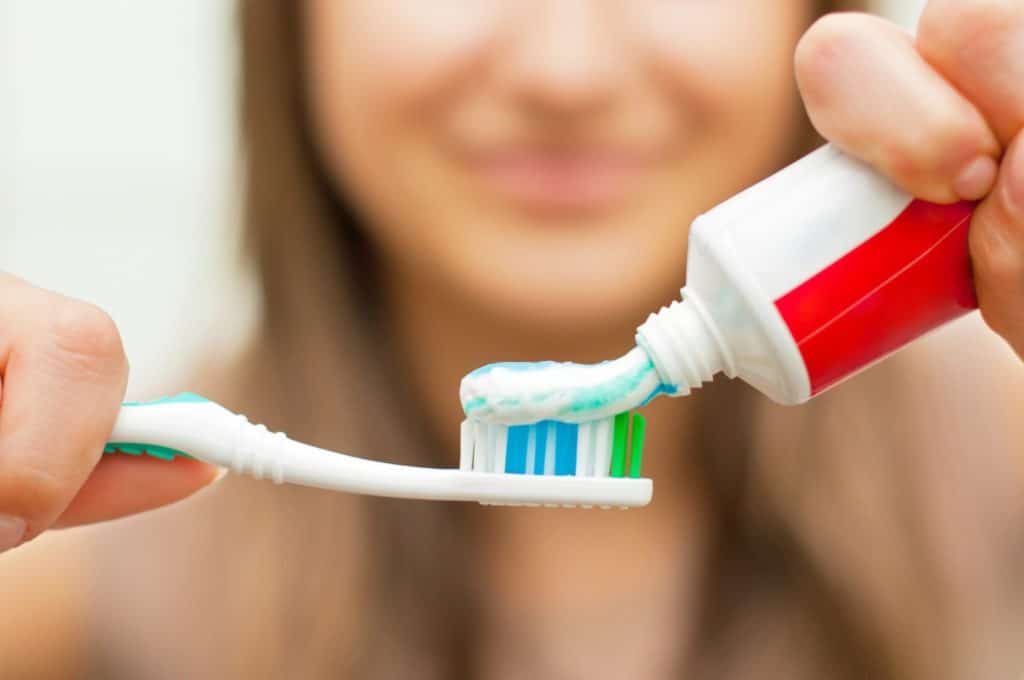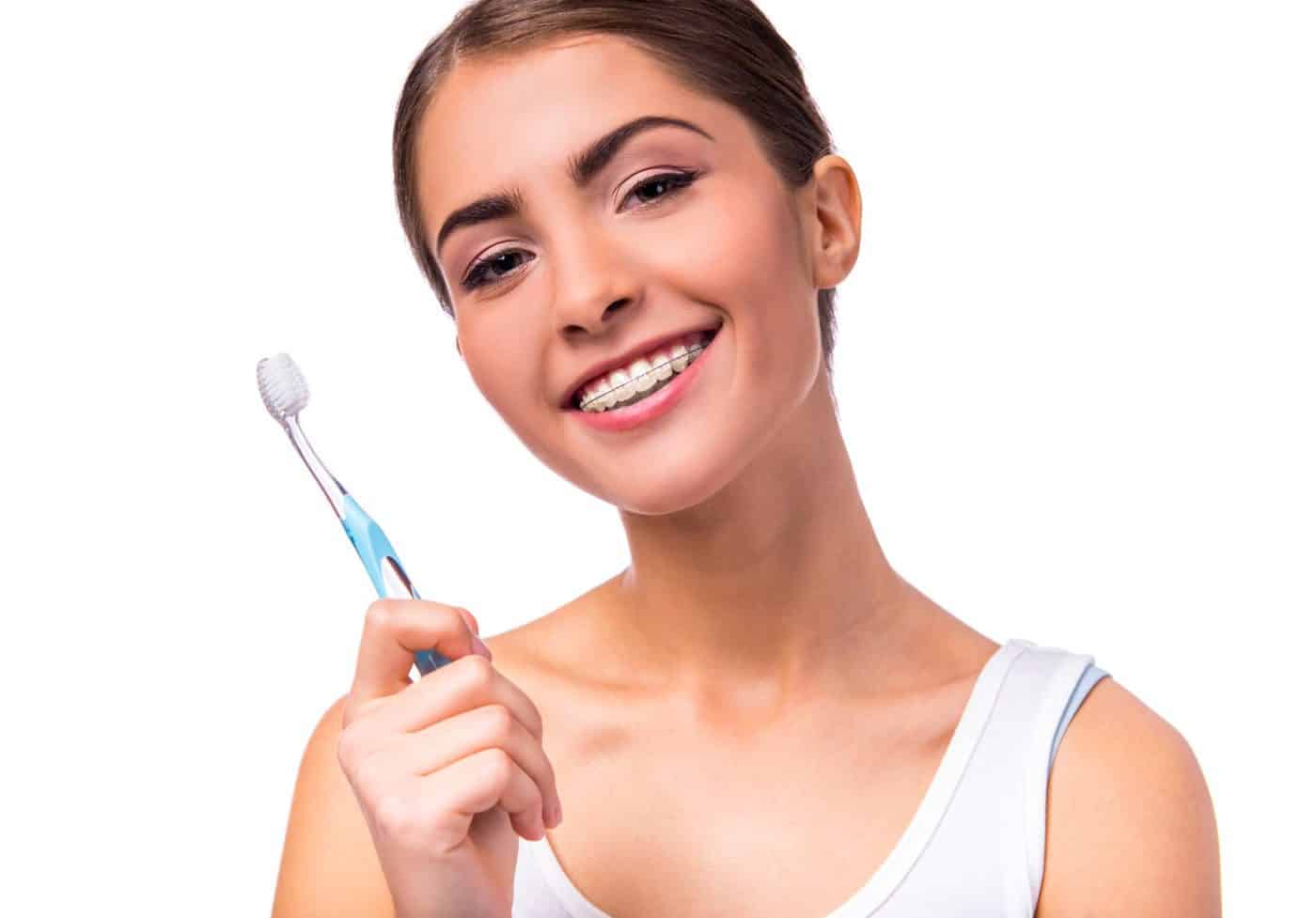Whether we like oranges better than grapefruits, tacos better than burritos, or manual toothbrushes better than electric ones— life is all a matter of preference. Have you taken a walk down the toothbrush aisle lately? There is sensitive toothpaste, whitening toothpaste, alcohol or alcohol-free mouthwash, manual or electric toothbrushes— you may be overwhelmed by the sheer amount of choices on display! When undergoing orthodontic treatment, electric toothbrushes have the edge over manual ones for patients. The team at Shaw Orthodontics is here to help you keep your braces and teeth shiny and clean!
According to studies by the American Journal of Orthodontics and Dentofacial Orthopedics, an electric toothbrush actually promotes better oral hygiene for those with dental braces. Good oral hygiene can sometimes be a challenge for orthodontic patients in braces because food becomes easily trapped around the brackets and under the archwires. An electric toothbrush outperforms a manual toothbrush before, during, and after orthodontic treatment for numerous reasons. To get the best results from your dental hygiene routine, you should be:
- Using antimicrobial and fluoride mouthwashes such as ACT mouthrinse.
- Using fluoride toothpaste and a toothbrush with soft, rounded bristles.
- Brushing at least three times per day, after breakfast and dinner as well as after getting home from school.
- Flossing at least once per day to remove bacteria and any food that has accumulated, taking advantage of tools like floss threaders and waterpiks if you are having difficulty getting into the tighter spaces.
- Replacing your toothbrush or brush head every 3-4 months, or sooner if it shows signs of wear, or if you have a cold or any other illness.
- Making it a point to look for clean and shiny braces, with the edge of the brackets clearly visible, as fuzzy or dull-looking metal can indicate poor brushing habits.
- Brushing gently at a 45-degree angle toward the gumline and around the top and bottom of the braces, moving the toothbrush in a small circular motion across all surfaces of the teeth in order to effectively remove bacteria, as well as any trapped food particles.

Daily brushing and flossing helps to prevent tooth decay, gum disease, and bad breath— whether it is done with a manual toothbrush or an electric one. In many ways, brushing your teeth with an electric toothbrush is very similar to brushing with a plain one, but there are quite a few ways using an electric toothbrush can help you get a little extra out of your oral hygiene routine. Having timers and settings, like brushing intensity for better control, make electric toothbrushes easier to manage brushing. They are ideal for metal, ceramic, and lingual braces. A built-in 2 minute timer on most electric toothbrushes alerts the patient when it is time to stop brushing. Often times children and adults who use a manual toothbrush think that the full 2 minutes has passed when in reality they have only used it for just a few seconds. A timer helps patients brush for the full recommended times. Electric toothbrushes make it easier for those who have limited dexterity or arthritis, and those who do not brush long enough or brush incorrectly. An electric toothbrush removes stains and plaque better than a manual and will make your teeth feel less fuzzy and filmy. With or without wearing braces, you definitely want to avoid plaque. By just cleaning your mouth in the right way can help you avoid cavities and gum damage. Many people are surprised to learn they are not brushing their teeth in the correct manner. The timers, sensors, and modes of electric toothbrushes make the most of each brushing session because they take most of the guesswork out of it.
When brushing your teeth with braces, you want to look for an electric toothbrush with a small head and soft bristles. Gently apply pressure and allow the toothbrush to do the work for which it was intended. Take care around bands, brackets, and wires and remember to brush below and above the armature of the braces to ensure healthier gums.
A manual toothbrush will work just fine with braces, but according to some studies people tend to brush for shorter periods of time when using a manual brush. You should always brush your teeth for at least two minutes at a time, twice a day— do not succumb to poor brushing. Learn to love your toothbrush!
After it is all said and done, the best toothbrush for braces is an electric toothbrush, and in addition to this an interdental brush can help you reach the backs and interproximal areas of your teeth. These brushes reach all those nooks and crannies and hard to get to areas that either an electric or manual toothbrush may miss. Dr. Shaw will always keep you up-to-date on the best methods of brushing teeth with braces!
When purchasing a toothbrush, whether electric or manual, always look for the ADA Seal (American Dental Association). A toothbrush with the ADA seal means it is guaranteed to perform as promised because it has been studied and tested for safety and effectiveness. It is important to remember to replace manual toothbrushes or electric toothbrush heads more often while you are undergoing orthodontic braces treatment to ensure the best possible performance because the braces can be a little tougher on the bristles.

Shaw Orthodontics is here to help support you as you work towards a more healthy smile, no matter what your toothbrush preference might be. Dr. Shaw is happy to answer any and all questions you may have about brushing, flossing, and your health in general— or to simply provide extra encouragement! If you are in the Dallas/ Fort Worth area, stop by or call to setup your appointment. We want to help you have the smile you have always dreamed of, because your smile is our top priority!

